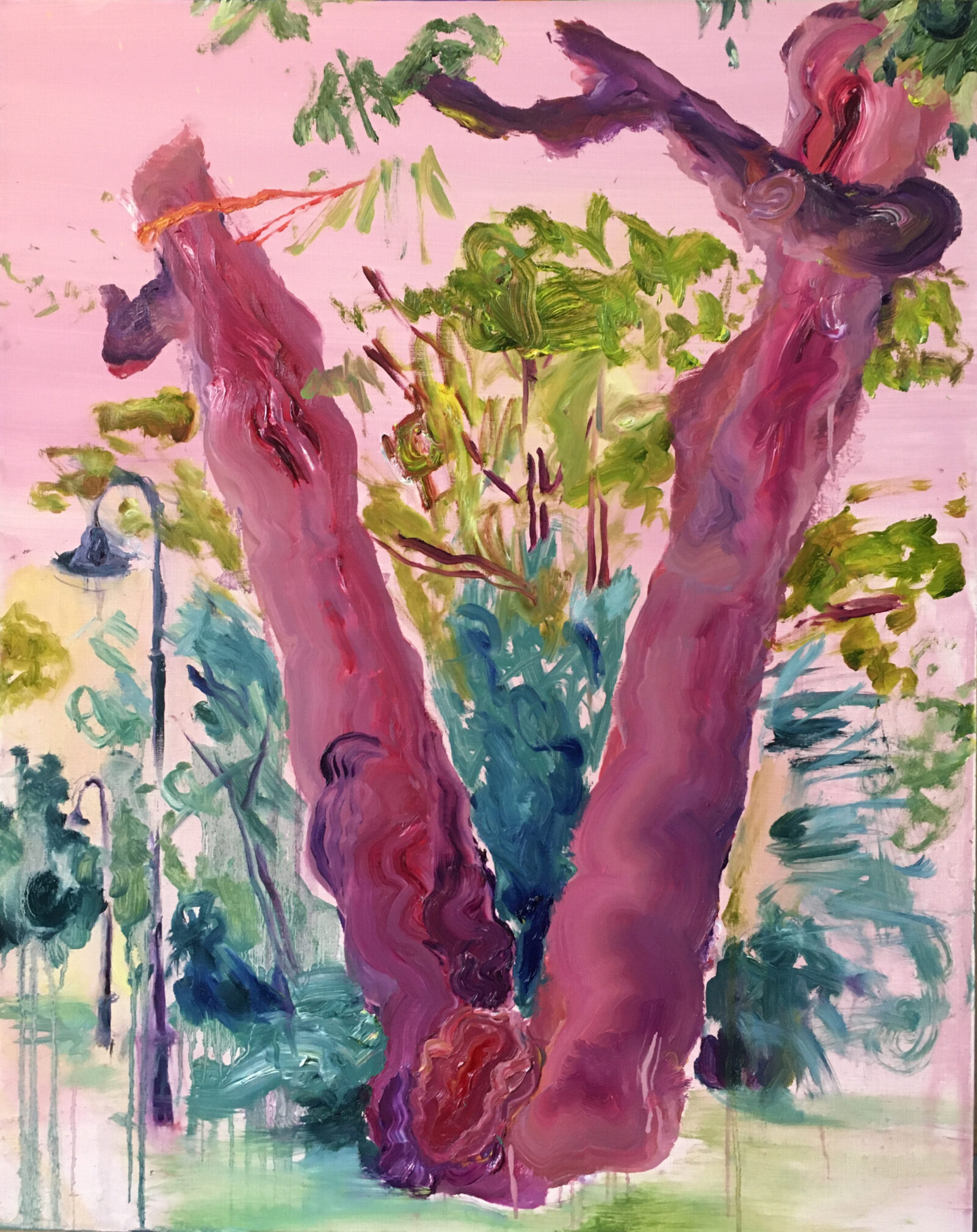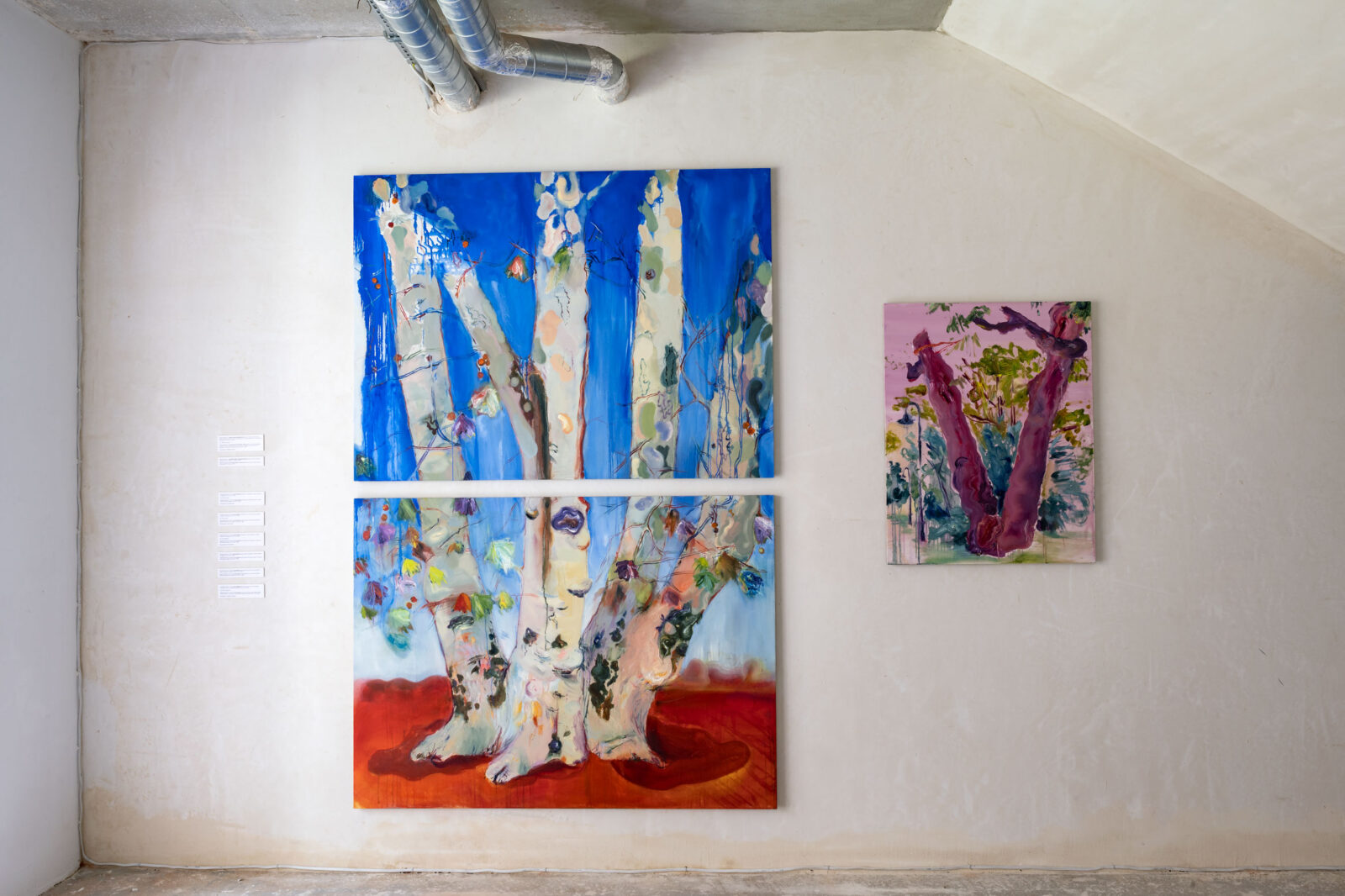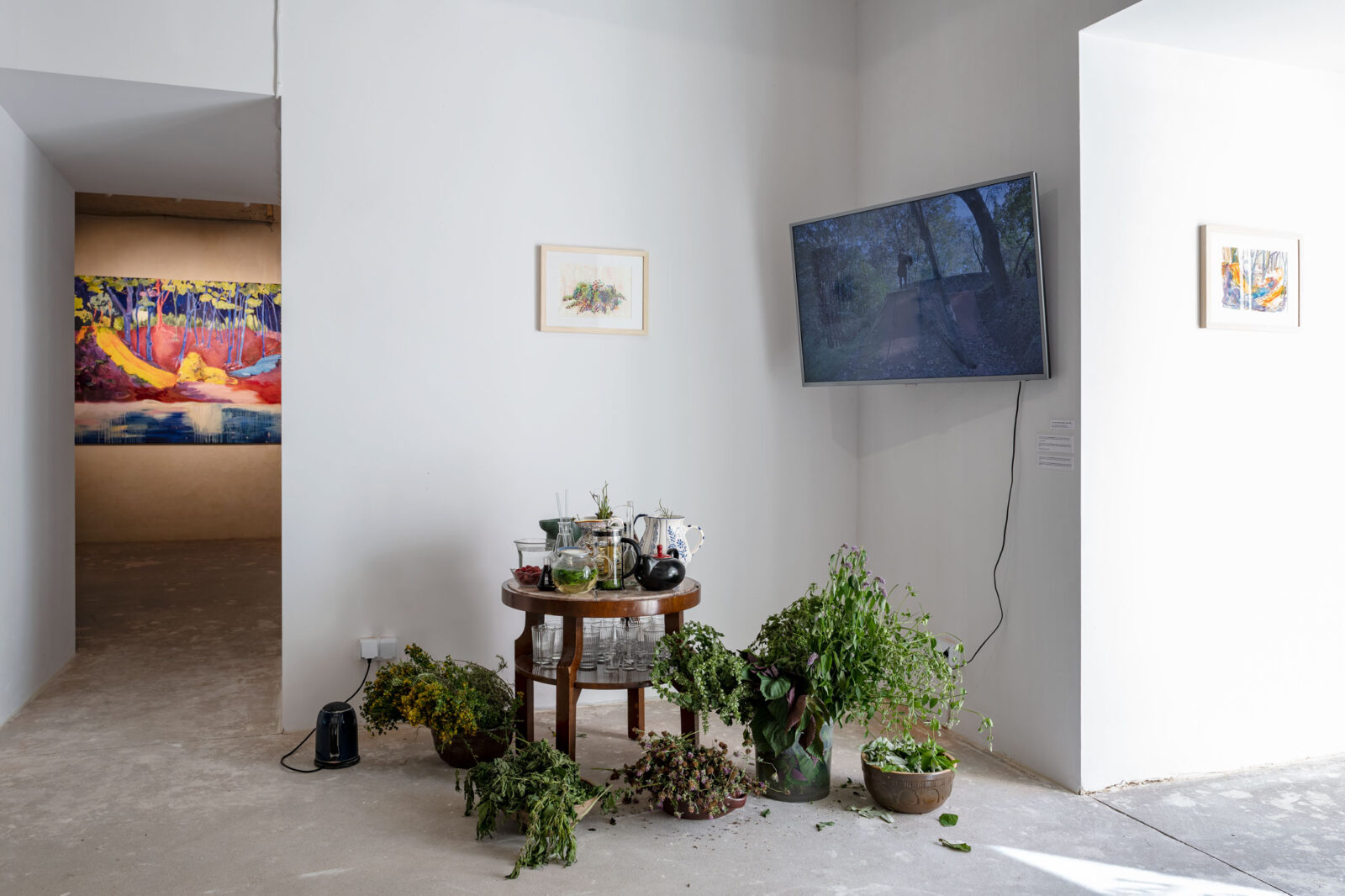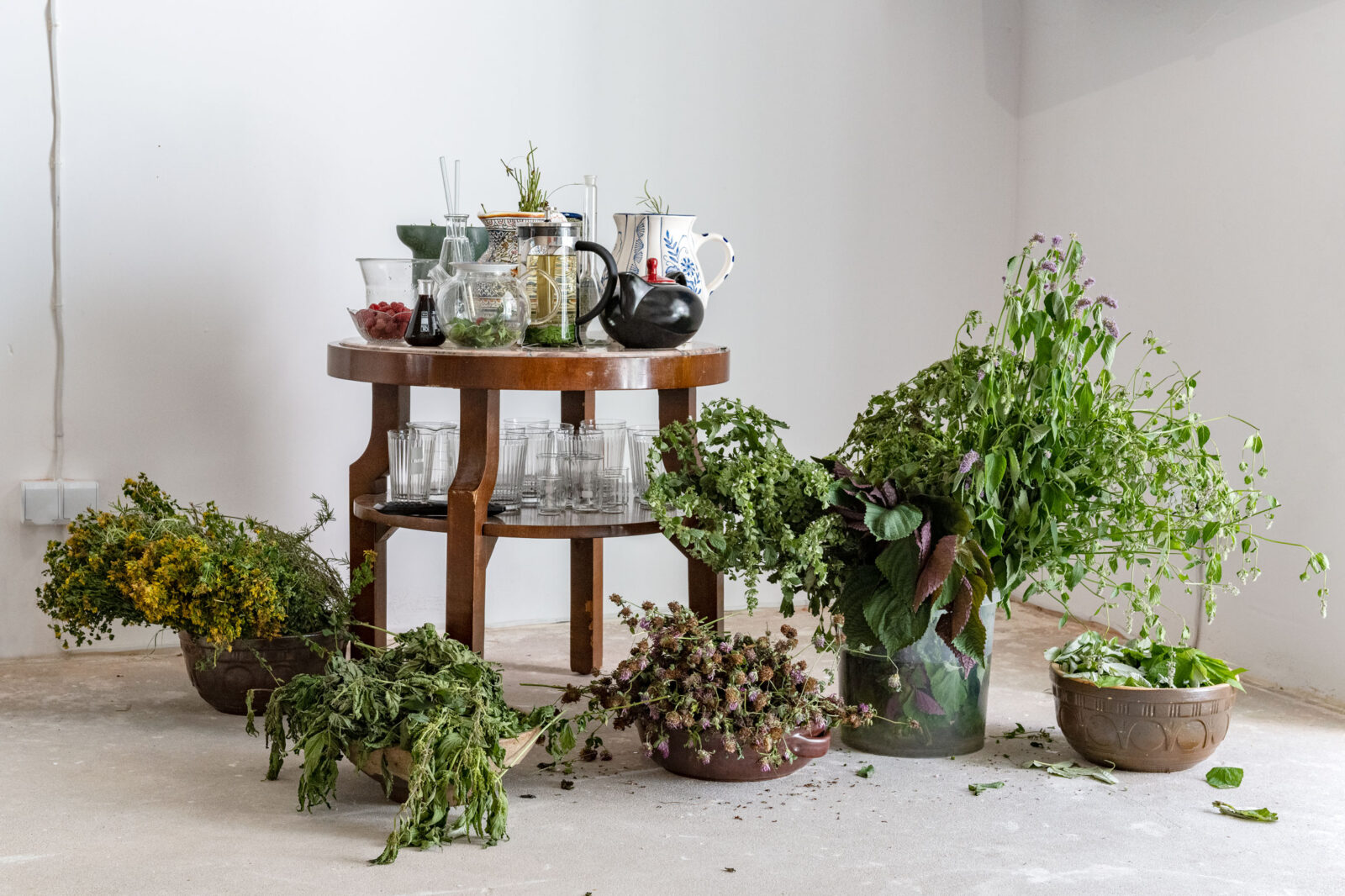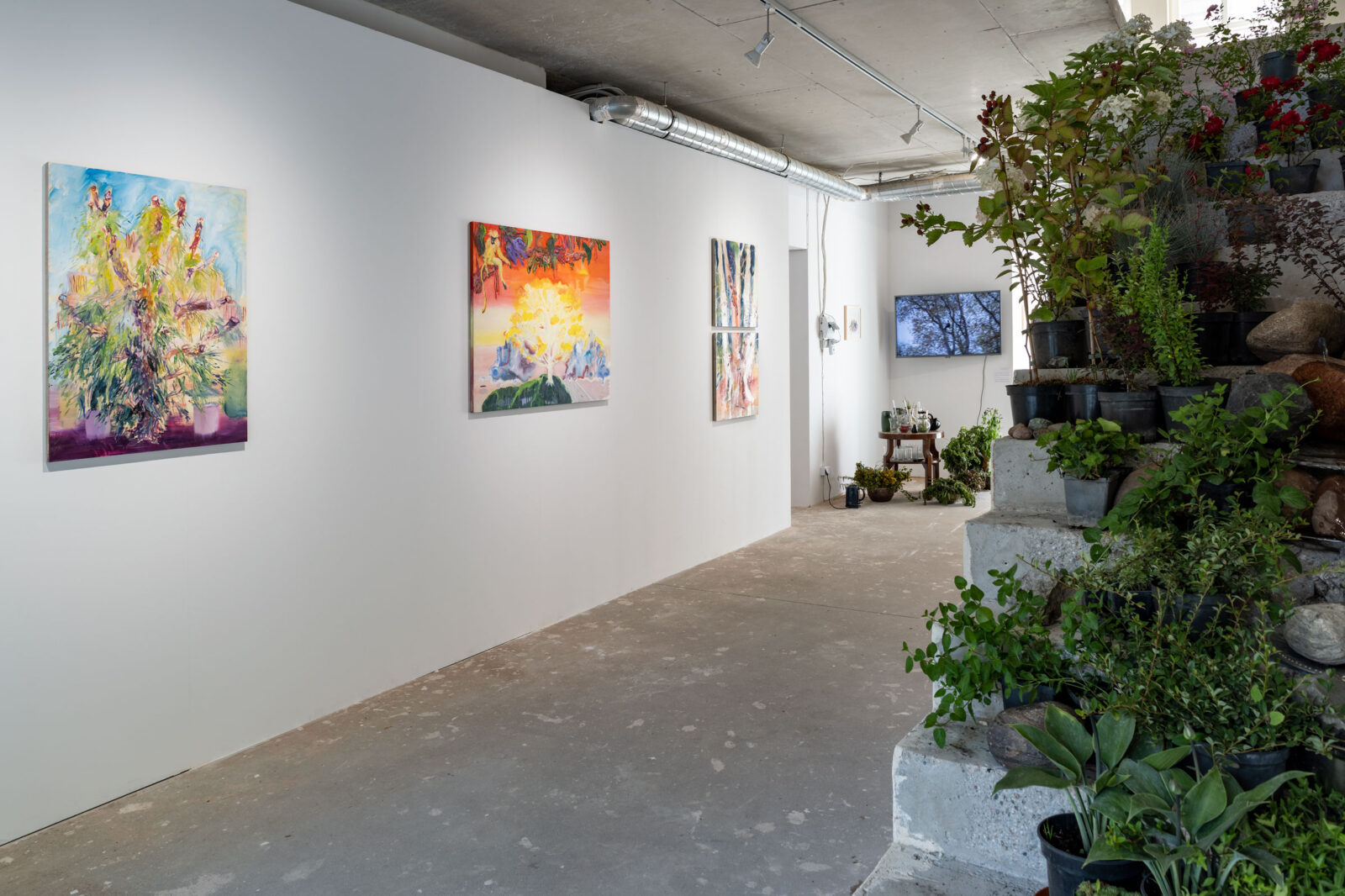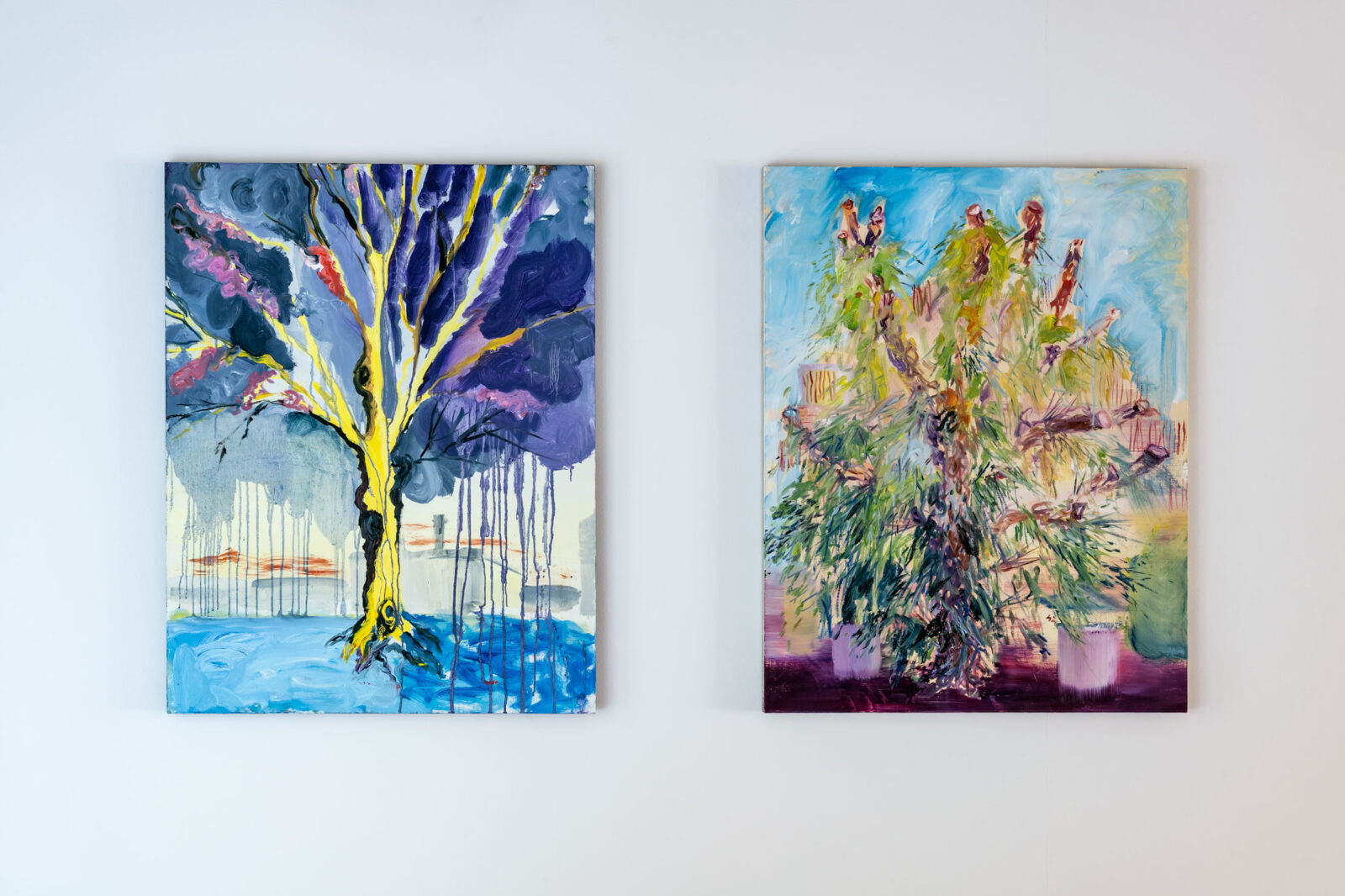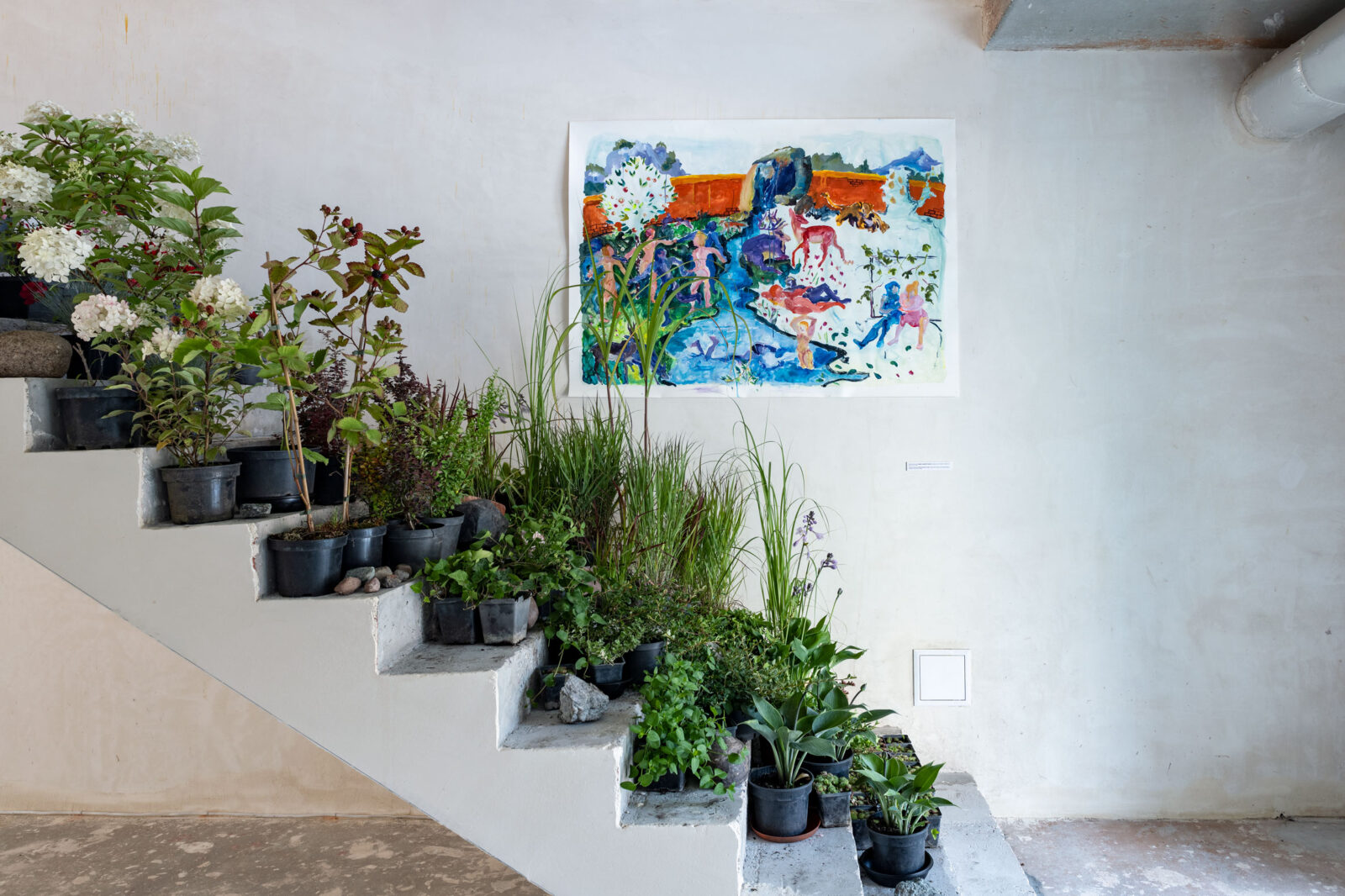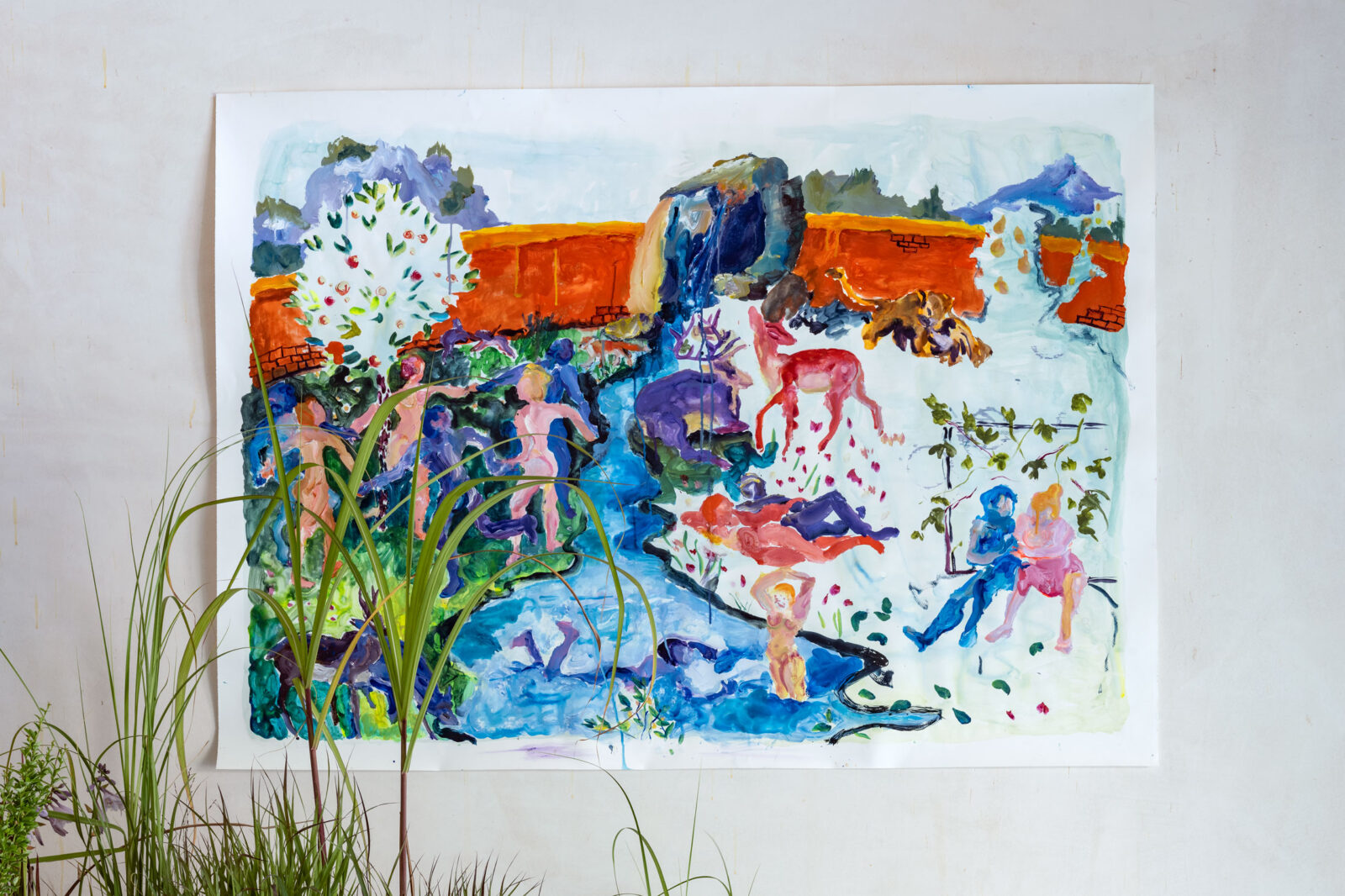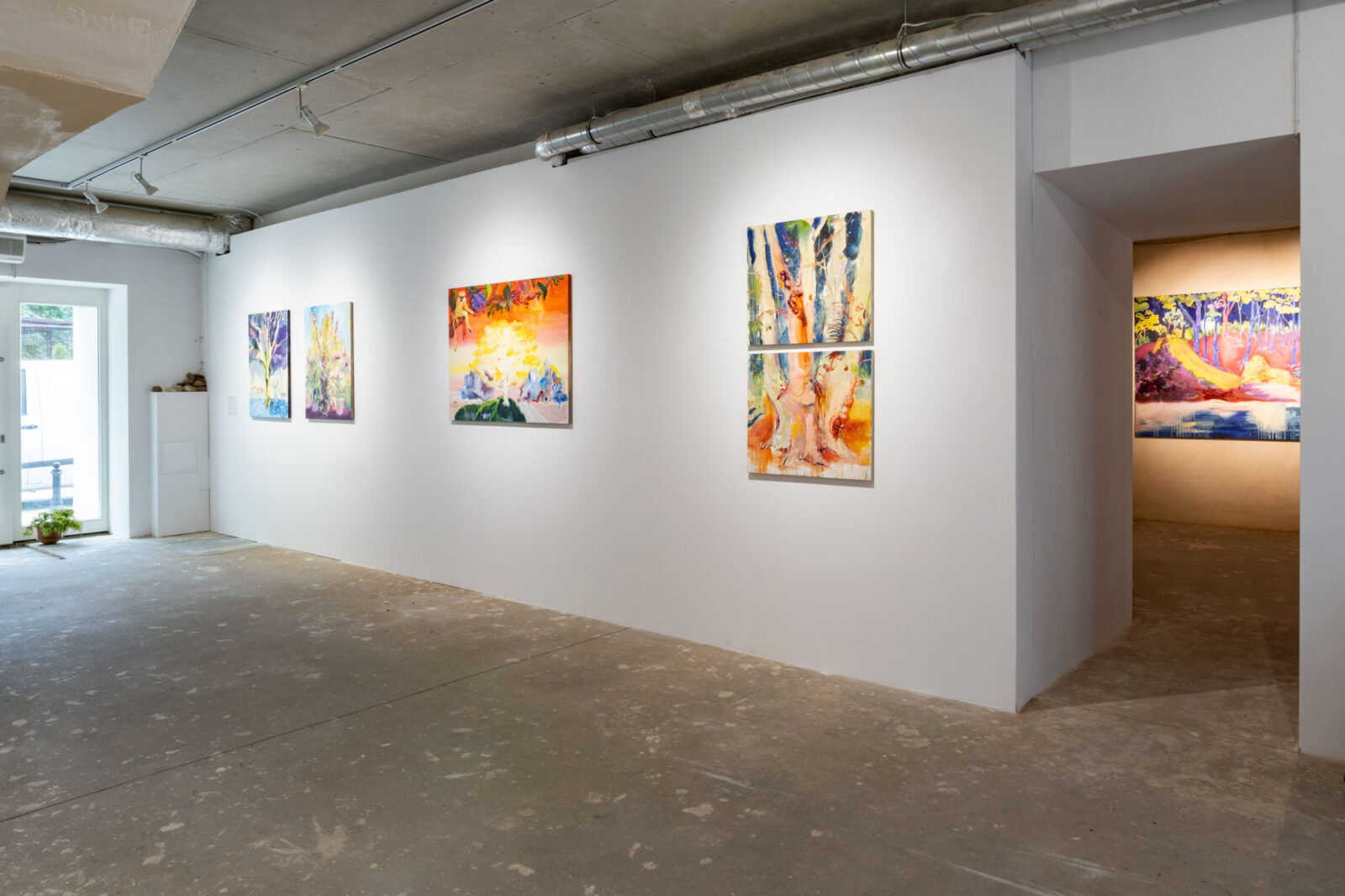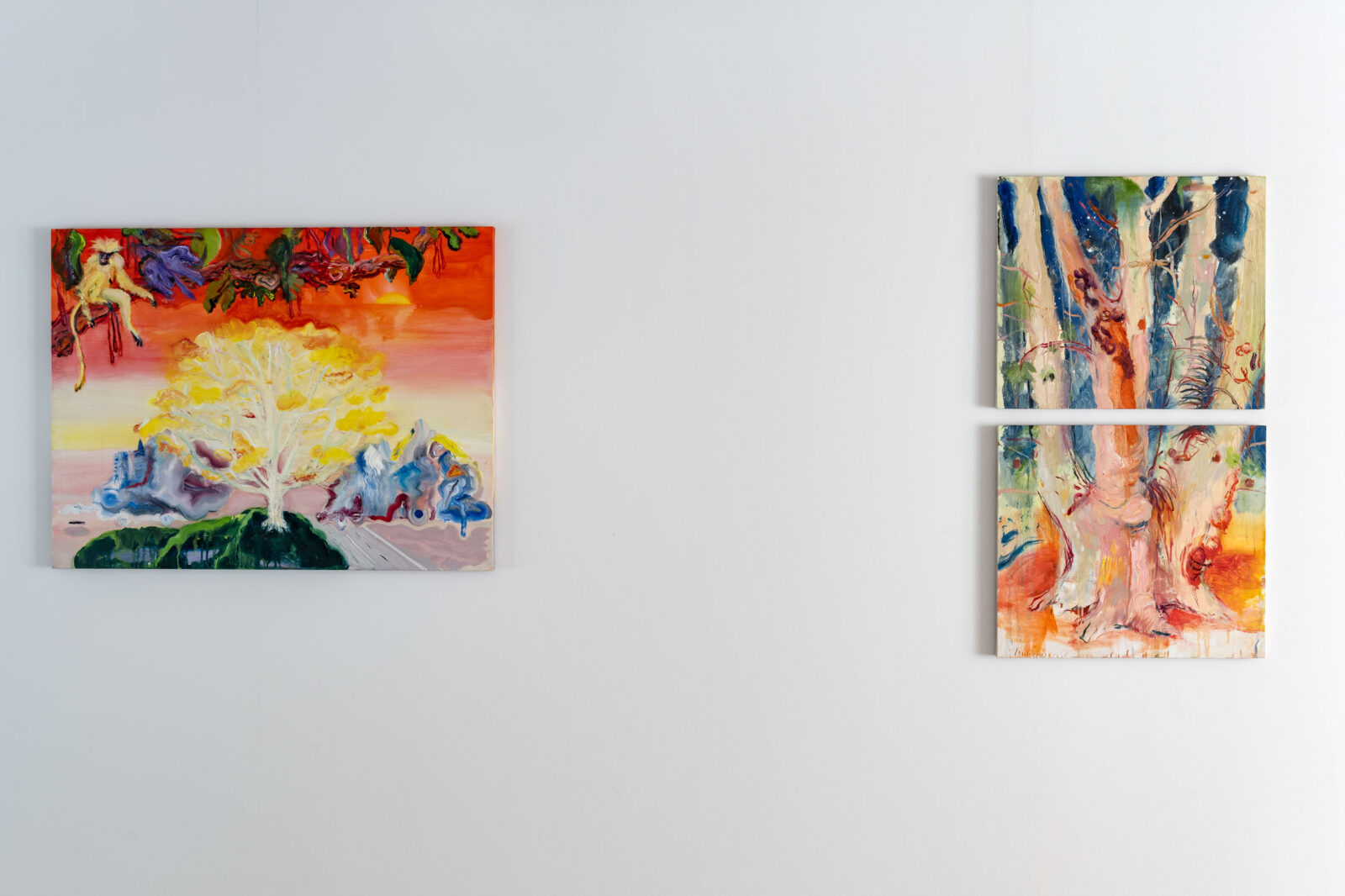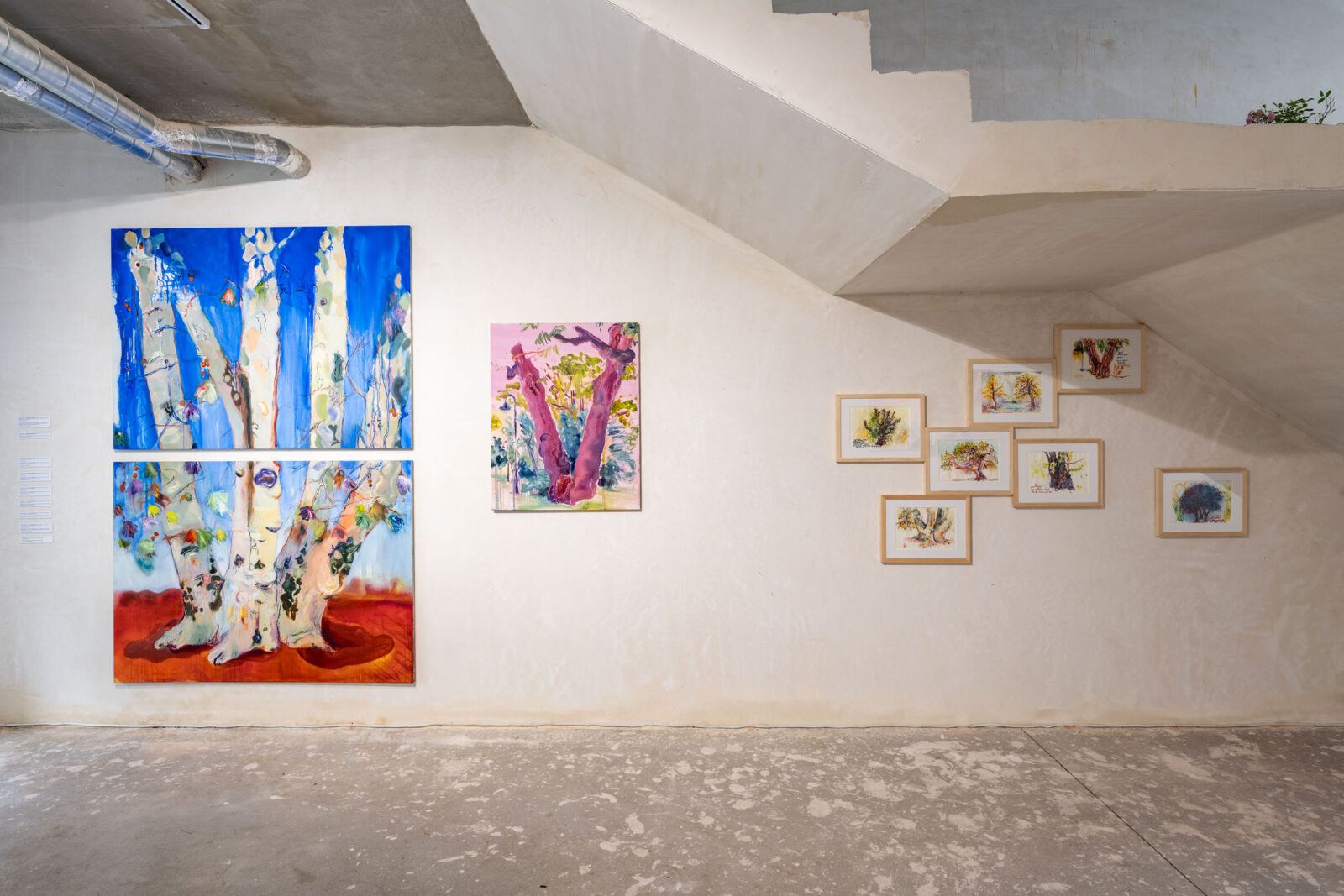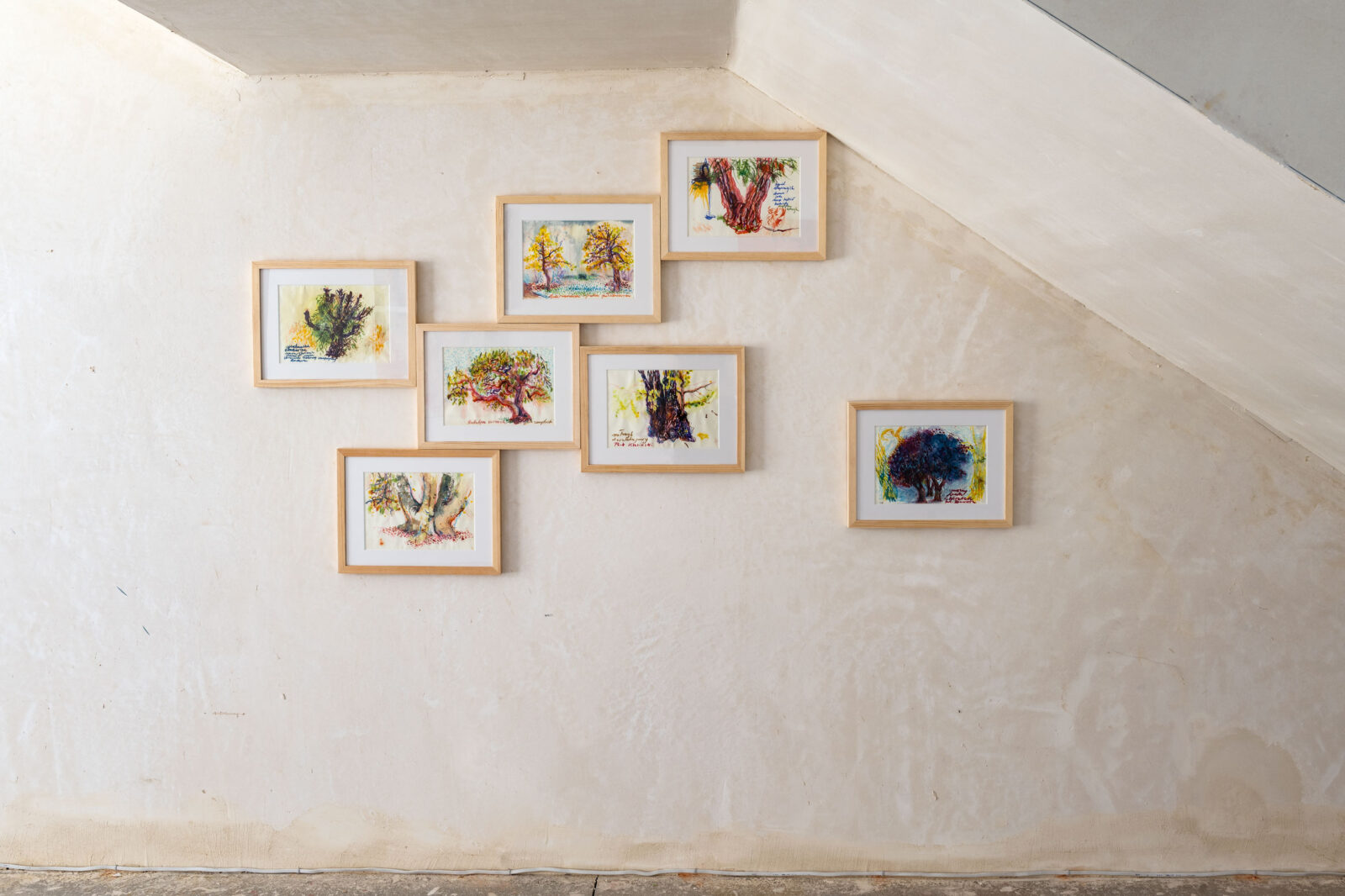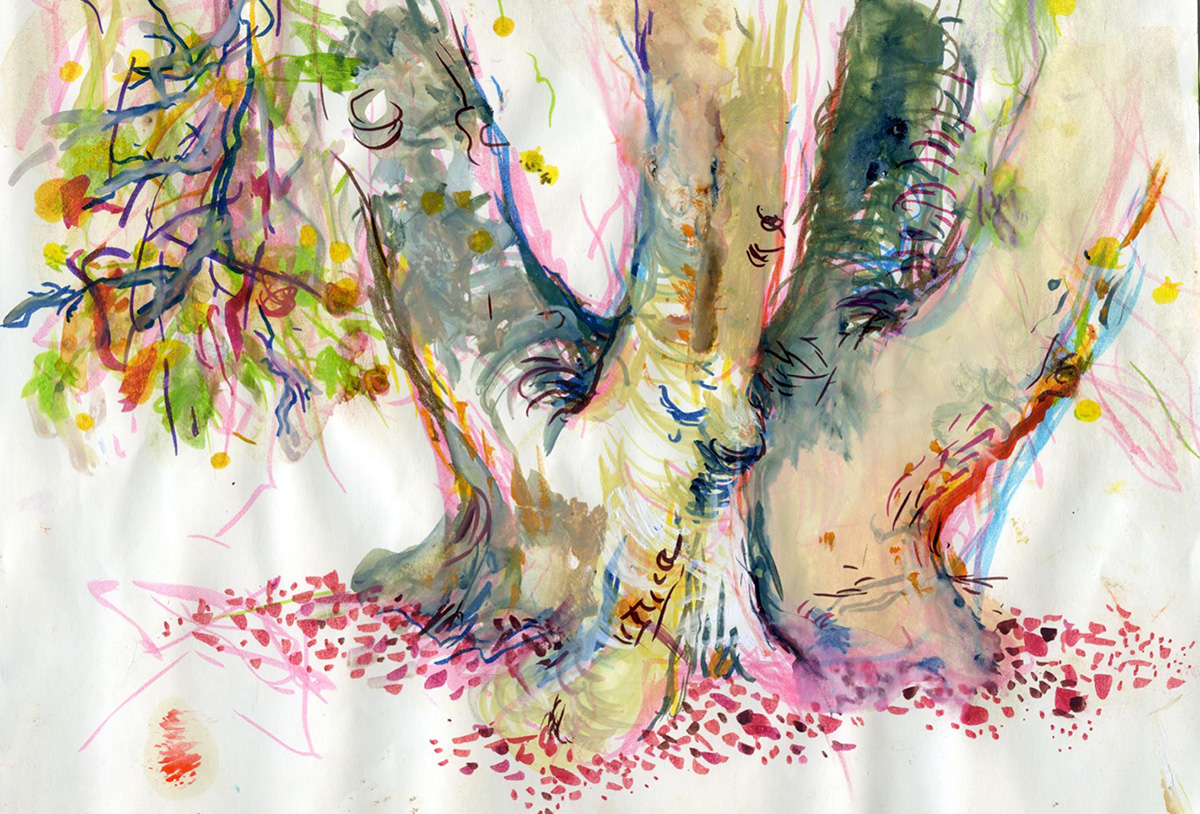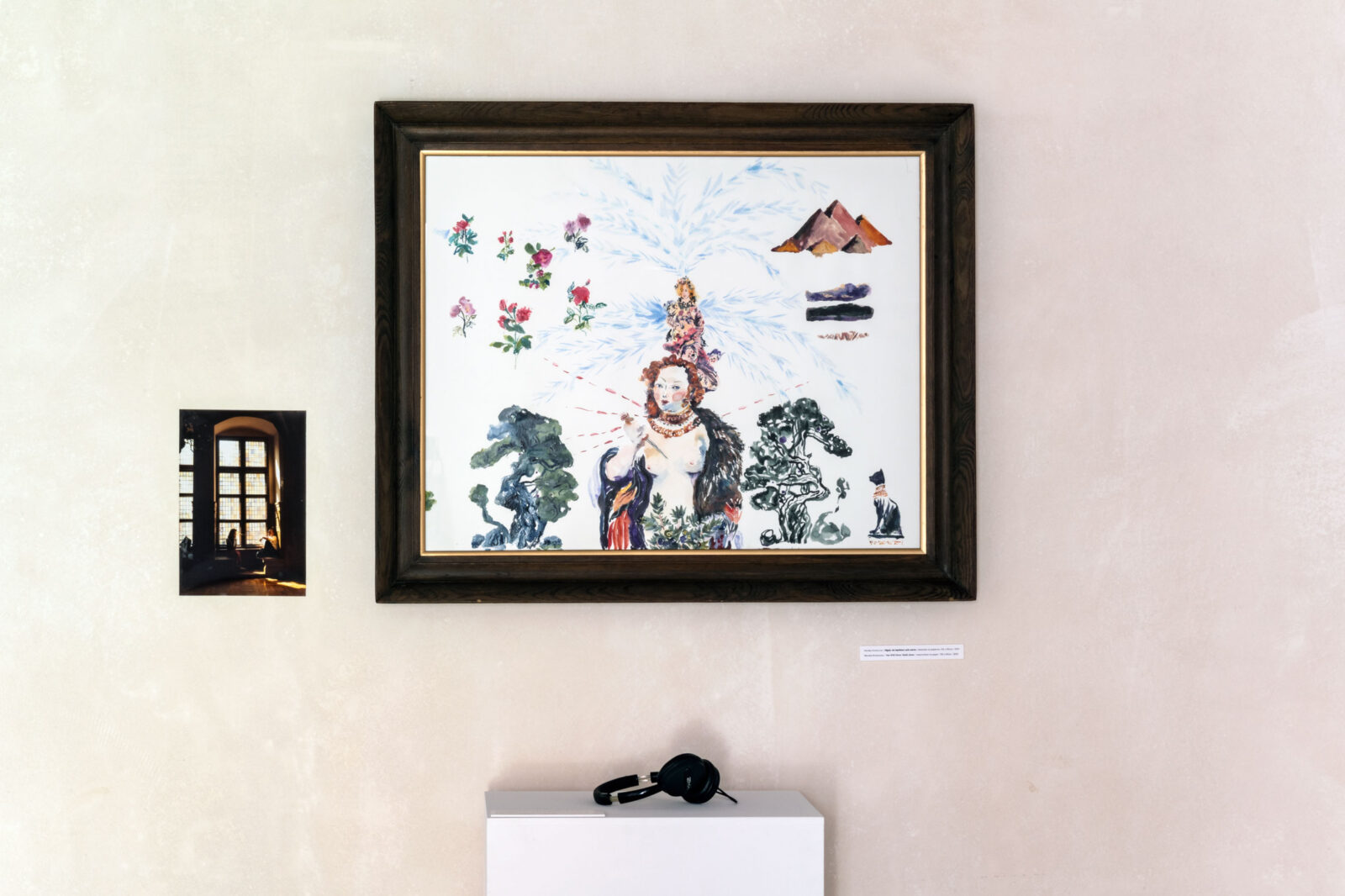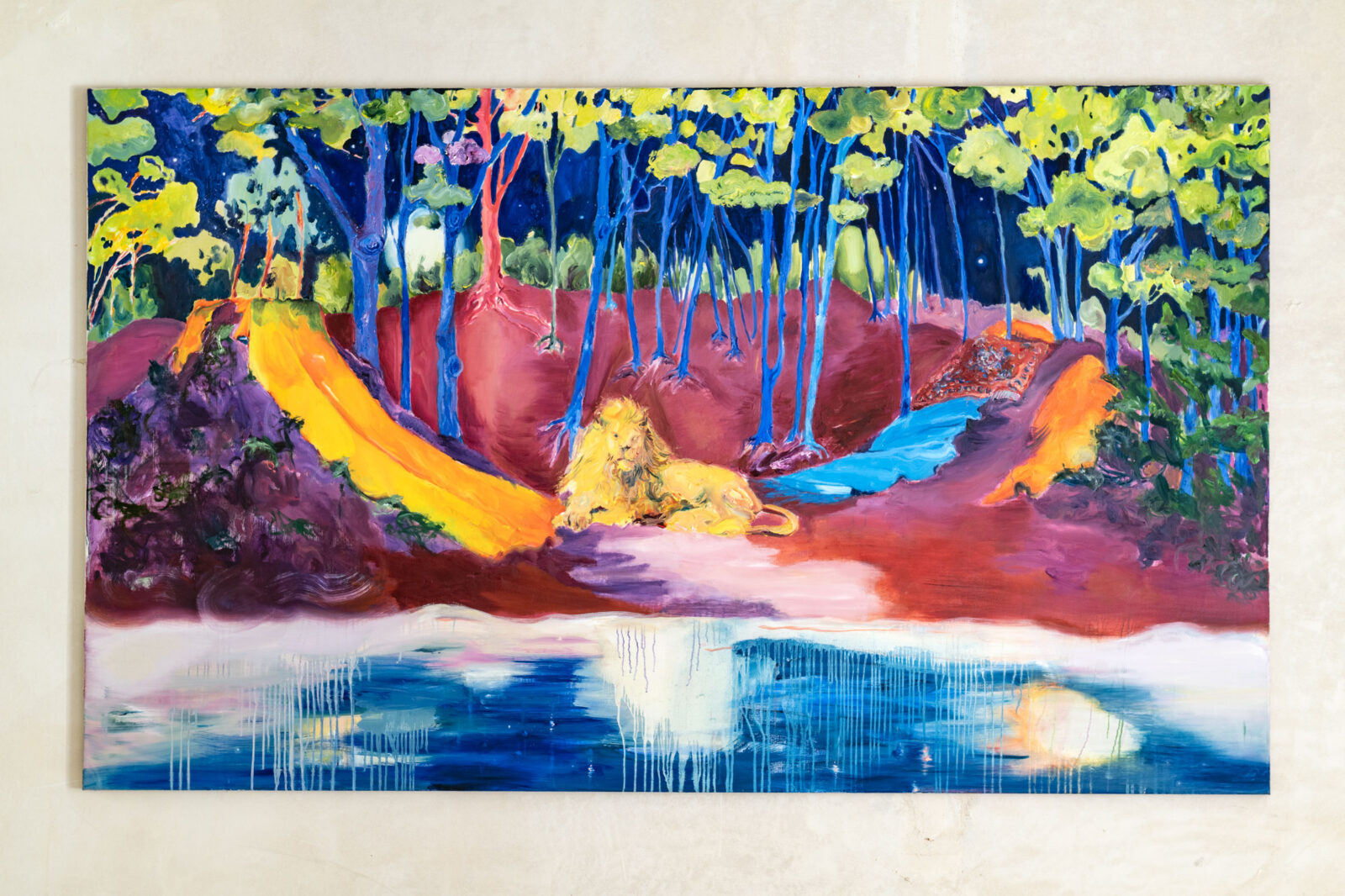Był kiedyś taki park, mówili o nim Małpi Gaj
Lasy, grądy, łęgi, ogrody, parki, podwórka, tarasy, balkony, szklarnie, promenady, pergole…
Zielony pejzaż Wrocławia kształtował się przez wieki o czym świadczą zapiski i dokumenty w postaci rycin, obrazów, tekstów. Opisy zieleni Wrocławia i okolic pojawiają się już w renesansowej literaturze, gdzie Śląsk nazywany jest Elizjum – czyli rajskim ogrodem.
Wrocławskie ogrody na przestrzeni wieków spełniały różnorodne funkcje: nasycone symboliką średniowieczne ogrody służyły zakonnikom jako miejsca kontemplacji, ale i spełniały funkcje czysto użytkowe – służyły uprawie roślin jadalnych i aptecznych. W dobie renesansu ogrody miały wyrażać harmonię świata a także uczyć: we Wrocławiu pojawiały się pierwsze hortus botanicus, czyli ogrody o przeznaczeniu edukacyjno-naukowym. W kolejnych stuleciach ogrody zyskiwały funkcję wypoczynkowych salonów, w których toczyło się życie towarzyskie. Szczególne znaczenie zyskała wtedy estetyka ogrodów, a w epoce baroku i manieryzmu dodatkowo (w przeciwieństwie do harmonijnego planowania ogrodów renesansowych) – element zaskoczenia. W XVIII i XIX wieku zielone założenia parkowe i ogrodowe pełniły przede wszystkich funkcje rekreacyjne a niekiedy zmieniały się w parki rozrywki, w których mieszkańcy przeludnionych miast mogli odpocząć od ich zgiełku.
Wiele form ogrodów czy zieleni wrocławskiej nie zachowała się do naszych czasów, jak chociażby ogród Rybischów przy renesansowym założeniu architektonicznym nawiązującym do rzymskiej villa urbana, który rozciągał się obecnej ul. Ofiar Oświęcimskich aż do Fosy Miejskiej; czy liczne liczne établissement, czyli kompleksy rozrywkowe (zwane także Ogrodami Uciech), z których do naszych czasów przetrwały jedynie elementy architektury, zniknęły natomiast otaczające je aranżowane ogrody wraz z cieplarniami i palmiarniami.
Dziś trudno wyobrazić sobie, że wrocławskie ogrody cieszyły się niegdyś międzynarodową sławą. Miano wrocławskiego raju, opisywanego w renesansowej literaturze jako Locus amoenus (miejsce przyjemne), zyskało założenie ogrodowe Dr Laurentiusa Scholtza von Rosenau z 1587 roku, które mieściło się między dzisiejszymi ulicami Piotra Skargi a Wierzbową. Rosło tu 340 rodzajów roślin, w tym rośliny lecznicze i egzotyczne: pomarańcze, figi, tytoń, czy też zupełna nowość tamtych czasów: ziemniaki, pomidory i tulipany. W słynnym na całą Europę ogrodzie-salonie, Scholtz organizował wystawne przyjęcia dla elit, m.in. Floralia Wratislaviensia wzorowane na starożytnym święcie ku czci rzymskiej bogini Flory. Atrakcjami ogrodu były m.in. sztuczna kamienna grota, klatka na ptaki w kształcie piramidy, egipska mumia, umieszczona w gabinecie kuriozów, czy dzieła sztuki – m.in. Lukrecja Lucasa Cranacha. Właściciel ogrodu wydawał katalogi hodowanych przez siebie roślin, dbał o to, by wizerunek jego ogrodu pojawiał się w ówczesnych dziełach poetyckich i graficznych, dzięki czemu legenda o ogrodzie mogła przetrwać do dzisiaj.
W XVII wieku założenie przekształcono w barokowy Ogród Wodny Wolfganga Scharschmidta – prawdopodobnie najbardziej ekscentryczny przykład nieistniejącego, wrocławskiego ogrodu. Odwiedzających zaskakiwały tu liczne instalacje wodne i urządzenia hydrauliczne, projektowane przez samego właściciela. Przy wejściu do ogrodu widniało ponoć ostrzeżenie: „Jeśli nie chcesz zostać opryskany, miej się na baczności, bo jeden zły krok uczyni cię mokrym tuż za tymi drzwiami”. Z umieszczonych na każdym kroku kuriozalnych rzeźb czy kurków w kamiennej grocie tryskały woda, piwo i wino.
Gdzie jest Lukrecja
Śląskie ogrody wraz z bogactwem swych form i przeznaczeń do dziś pobudzają naszą wyobraźnię.
Najnowsza seria prac malarskich wrocławskiej artystki – Moniki Koniecznej, powstawała pod wpływem inspiracji historią wrocławskiej zieleni. Wzmożona fascynacja artystki przyrodą wynika m.in. z pandemicznych doświadczeń, kiedy swoboda przebywanie w naturze została ograniczona i tym bardziej odczuwalny stał się brak kontaktu z przyrodą.
Z obrazów z cyklu Locus amoenus, jak komentuje sama autorka, „prześwituje potrzeba powrotu do natury, do raju utraconego, być może do siebie samej”.
Odnajdujemy w nich także szereg odniesień do historii sztuki i literatury. Szczególną wagę zyskuje archetyp drzewa, obecny od wieków w naszej zbiorowej nieświadomości jako symbol życia i śmierci, odrodzenia, łącznik między ziemią i niebem, filar kosmosu (axis mundi). To właśnie faktycznym drzewom artystka poświęca kolejne obrazy. Na wielkoformatowych płótnach oraz niewielkich szkicach odnajdujemy sylwetki wrocławskich pomników przyrody: Dębu Przewodnika przy ulicy Suchej, platana w parku przy ulicy Kolejowej czy Tulipanowców z Parku Południowego.
Tematyka obrazów wiąże się rzecz jasna z tytułowym miejscem przyjemnym. Topos Locus amoenus pojawia się w literaturze już w czasach antycznych a jego wyobrażenie jest silnie obecne w historii malarstwa. Dzieła literackie dokładnie określają jakie elementy mają składać się na idylliczne miejsce przyjemne. Czy to w starożytnej Arkadii, mitologicznym Elizjum czy biblijnym Edenie, w krajobrazie sielankowej krainy powinny znaleźć się drzewa, trawa i woda. To one świadczą o urodzie miejsca, ale i tworzą bezpieczne schronienie.
Te wszystkie elementy odnajdujemy także na obrazach Koniecznej, dla której natura staje się miejscem ucieczki i bezpieczną enklawą. Przyroda jawi się tu jednak przede wszystkim jako zjawisko fantastyczne i dynamiczne. Obrazom Koniecznej daleko jest do uporządkowanych pejzaży Lorrain’a czy Poussain’a. Elementy autentycznego, naturalnego krajobrazu Wrocławia Konieczna przeplata z surrealistycznym wyobrażeniem o nieistniejących, miejskich ogrodach. W bujną roślinność wplata egzotyczne zwierzęta: z pejzażu wrocławskiego tzw. Kilimandżaro (Noc poślubna) wyłania się mięsista, malowana grubą warstwą farby, sylwetka lwa; z gałęzi dębu przy ulicy Suchej, spogląda na nas małpa. W tym sensie tematyka obrazów Koniecznej bliższa jest pewnie kategorii „pejzażu wyobraźni”, a paleta barwna i sposób malowania – emocjonalnemu malarstwu postimpresjonistów i fowistów.
Jeśli nie założy gniazda żaden ptak, to będziemy mogli zwiedzić koronę drzewa
Warto zaznaczyć, że seria Locus amoenus powstawała w dużej mierze en plein air. W plenerze powstawały mniejsze prace, większe formaty – w pracowni na podstawie wykonanych w okolicznościach przyrody szkiców. Decyzja o malowaniu bezpośrednio z natury wpływa na ekspresję i kompozycję obrazu. Płótno staje się miejscem odważnych malarskich gestów. Artystka odsuwa na bok fotograficzne patrzenie i skraca dystans między odbiorcą a przyrodą, na którą zwykli jesteśmy w ostatnich czasach spoglądać głównie przez pryzmat obiektywu aparatu. Fakt, że obrazy powstawały na przełomie roku, pozwolił też artystce na wnikliwą obserwację natury w jej różnych stanach przejściowych: strużki farby ściekają po płótnie sprawiając, że gałęzie suchego drzewa (Teren do wynajęcia pod magazyn lub inne usługi) dosłownie rozpływają się; z kolei korona Dębu Przewodnika, w stanie bujnego rozkwitu, przypomina zjawisko atmosferyczne i lśni na tle rozmytych elementów architektury.
Przy pracy nad projektem artystka sięga po wielkie formaty: stosuje kompozycję panoramiczną (format, który zanim zaczął być powszechnie stosowany przez malarzy scen historycznych i batalistycznych, został opatentowany przez Roberta Barkera by móc w pełni oddać piękno właśnie naturalnego pejzażu); czy metodę łączenia płócien, która pozwala na pracę w plenerze nad poszczególnymi częściami obrazu, mimo wielkiej skali (Nie szukając tak daleko w historii sztuki, można chociażby przywołać sposoby pracy Hockney’a nad jego pejzażami z początku lat 2000).
Dla Koniecznej projekt Miejsce przyjemne był nie tylko okazją do powrotu na łono natury, ale i powrotu do tradycyjnych technik artystycznych. Choć artystka kończyła kierunek malarstwo, znaczną część swojej artystycznej kariery poświęciła dziedzinie performansu. Jej działania na polu sztuki pozostają jednak zawsze niezwykle spójne: motyw natury w jej twórczości jest obecny już od czasów studiów; jej performansy są równie barwne i malarskie jak jej obrazy, obrazy – tak samo żywe i pełne emocji jak performansy.
Teren do wynajęcia pod magazyn lub inne usługi
Prace z cyklu Locus amoenus zapraszają by doświadczać spektaklu przyrody i obserwować napięcia na stuku natura, architektura, człowiek. Rozbudzają nasze wyobrażenie o niezachowanych miejskich ogrodach i wzmacniają tęsknotę za zielonymi enklawami w obszarze miejskiego, zdominowanego przez beton krajobrazu.
Serii najnowszych obrazów Moniki Koniecznej towarzyszy film dokumentujący jej pracę w plenerze. Na jednym z ujęć widzimy artystkę w typowym dla polskich miast, nieciekawym otoczeniu – na niewielkim skwerze przy ruchliwej stacji benzynowej. Trudno oprzeć się zdziwieniu, że właśnie to miejsce mogło stać się inspiracją dla bujnego, barwnego pejzażu.
Jak wiemy (a wiemy to przede wszystkim dzięki sztuce) – patrzeć nie zawsze znaczy to samo co widzieć.
*śródtytuły tekstu zostały zapożyczone z tytułów obrazów z cyklu Locus amoenus
tekst: Anna Stec
Monika Konieczna
Urodzona w 1978 we Wrocławiu. Malarka i performerka, absolwentka i wykładowczyni na Akademii Sztuk Pięknych we Wrocławiu.
W swojej pracy twórczej nawiązuje do mitów, archetypów i rytuałów, tworząc je w nowym osobliwym dla siebie porządku, przez to co osobiste nawiązuje do tego co wspólne.
Interesuje ją pamięć miejsca, pamięć indywidualna i zbiorowa. Motyw natury i związany z nim cykl życia i śmierci stanowi od czasu studiów na Akademii ważny motyw jej twórczości.
Wypowiada się poprzez malarstwo, instalacje wizualne w przestrzeni, performens, kolaż.
Mieszka i pracuje we Wrocławiu.



